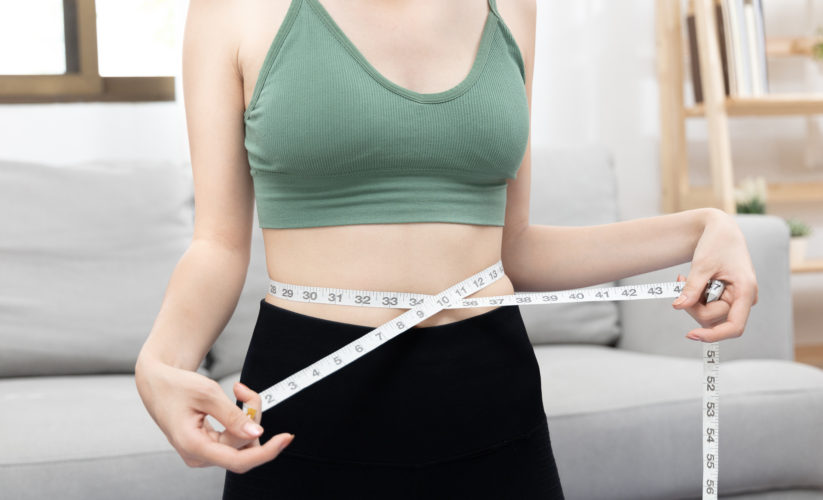Can I Eat Normally with a Gastric Balloon?
By Bassel

The gastric balloon is a weight loss tool designed to assist those struggling to reduce their body weight through conventional methods. It functions by occupying space in the stomach, thereby limiting food intake and creating an early sense of fullness. This approach prompts an important question for many prospective and current patients: “Can I eat normally with a gastric balloon?” Here, we address how the gastric balloon impacts dietary habits and what changes individuals might need to embrace.
Adjusting to a New Eating Pattern
Once the gastric balloon is in place, the immediate sensation is that of reduced stomach capacity. This change dictates a significant adjustment in how much and how often one can eat:
Smaller Portions: With the balloon taking up space, the stomach’s volume to hold food diminishes. As a result, individuals need to consume much smaller meals compared to their pre-balloon intake. Portion control becomes crucial, as overeating can lead to discomfort, nausea, or vomiting.
Increased Meal Frequency: Since the capacity to eat larger meals diminishes, many find it beneficial to eat smaller portions more frequently. Transitioning to a pattern of smaller, more regular meals helps maintain energy levels and manage hunger more effectively.
Chewing Food Thoroughly: To aid digestion and avoid blockages or discomfort, it is important to chew food thoroughly. Slow and deliberate eating can prevent potential issues and improve nutrient absorption.
Nutritional Considerations
With restricted food intake, ensuring that each bite counts from a nutritional standpoint becomes paramount:
High Nutrient Density: Meals should be rich in essential nutrients. Prioritizing protein intake is crucial, as it helps maintain muscle mass during weight loss. Incorporating a variety of fruits, vegetables, and whole grains ensures a supply of necessary vitamins and minerals.
Avoiding Empty Calories: High-calorie foods with little nutritional value, such as sweets, sodas, and processed snacks, should be avoided. Not only do they contribute to potential weight gain, but they also take up valuable stomach space that could be better used for nutrient-dense foods.
Hydration: Staying hydrated is also key, but it’s important to avoid drinking fluids immediately before, during, or after meals to prevent filling up on water instead of nutrient-rich foods.
Lifestyle Changes for Long-Term Success
Adjusting to life with a gastric balloon involves more than just dietary changes. Lifestyle modifications play a crucial role in maximizing weight loss and maintaining overall health:
Regular Monitoring and Adjustments: Regular check-ins with healthcare providers can help adjust diet plans based on progress and feedback. Nutritional deficiencies can be addressed promptly, and dietary adjustments can be made to improve outcomes.
Psychological Adaptation: Some patients may find the changes in their eating habits and lifestyle challenging. Support from psychologists or counselors can help manage these changes more effectively, dealing with issues like emotional eating or food cravings.
Physical Activity: Incorporating regular physical activity helps enhance weight loss achieved with the gastric balloon and contributes to overall cardiovascular health.
Conclusion
While it is not possible to eat ‘normally’ in the conventional sense with a gastric balloon, adapting to a new way of eating is entirely manageable and can lead to significant health benefits. These adjustments involve eating smaller, more frequent, and nutritionally balanced meals. With the right support and determination, individuals can successfully navigate this transition and make lasting changes towards a healthier lifestyle.


